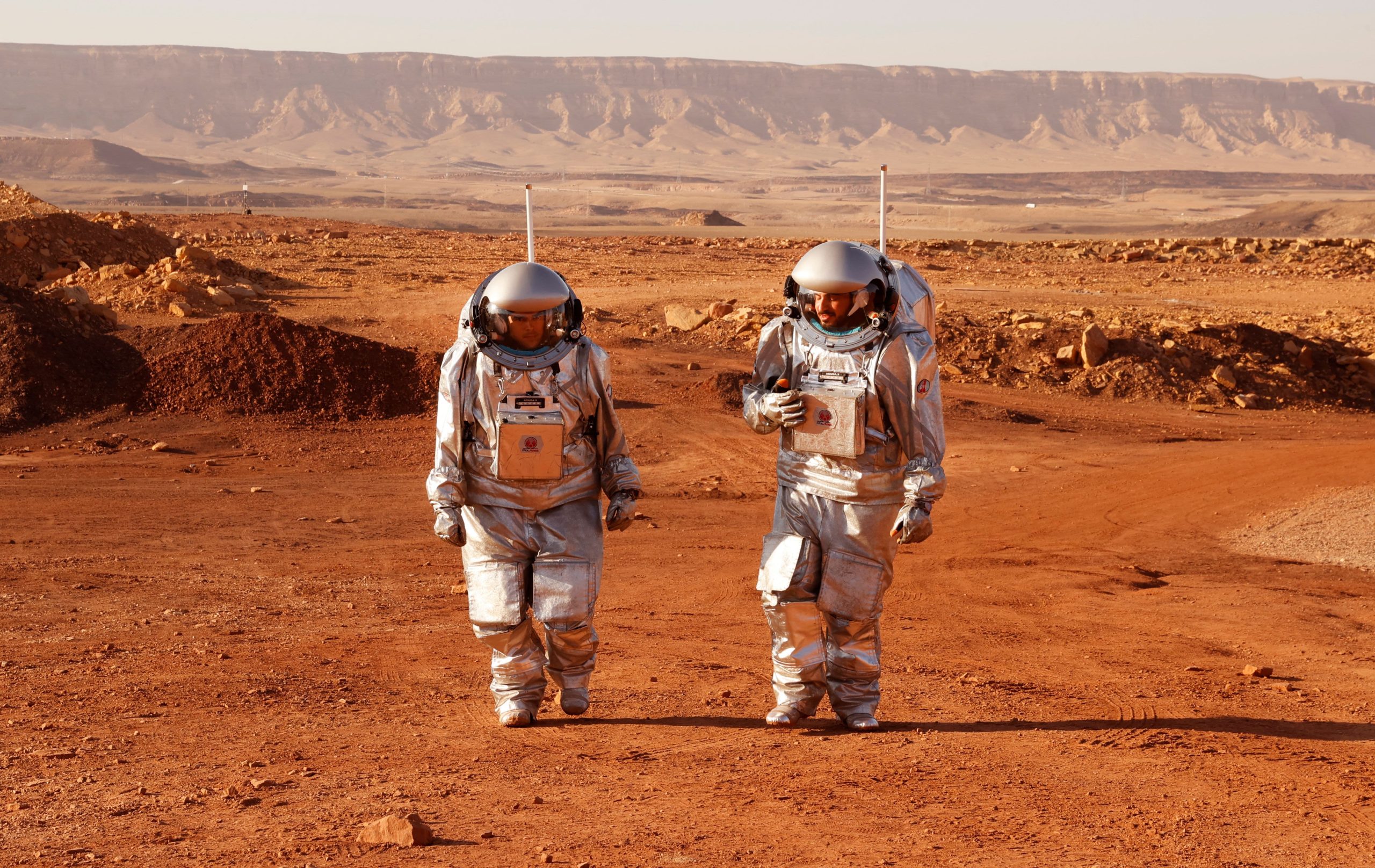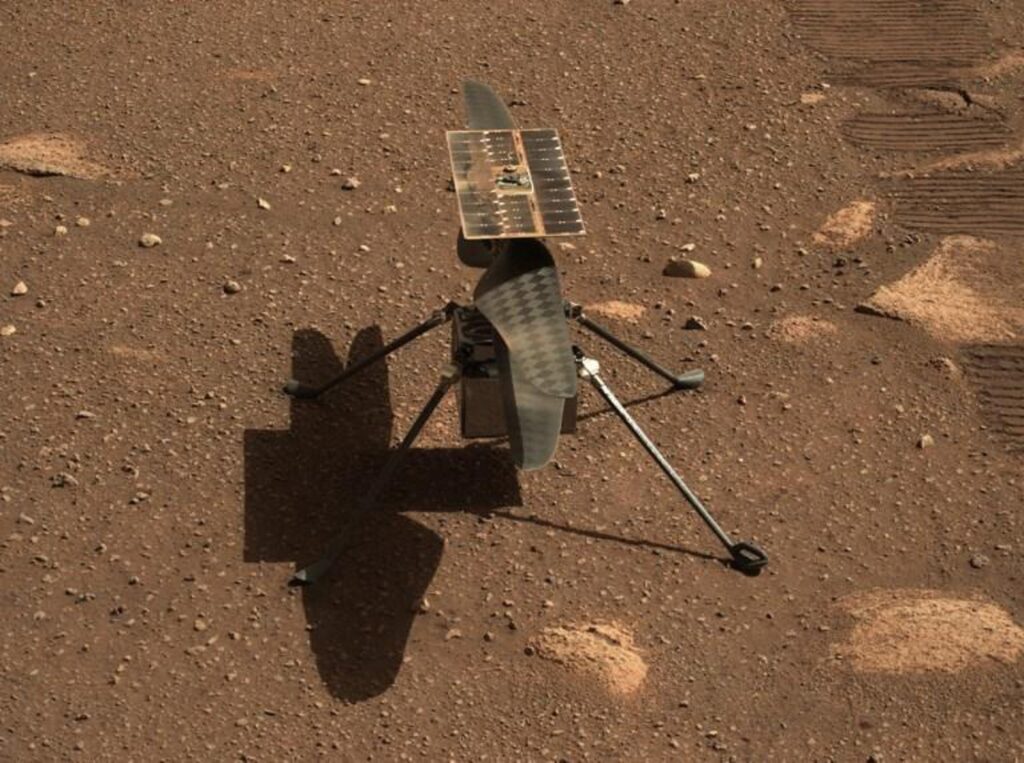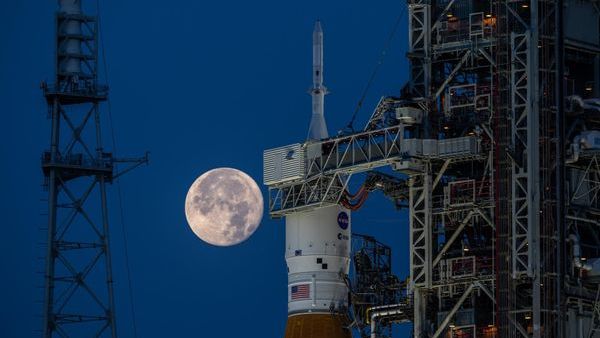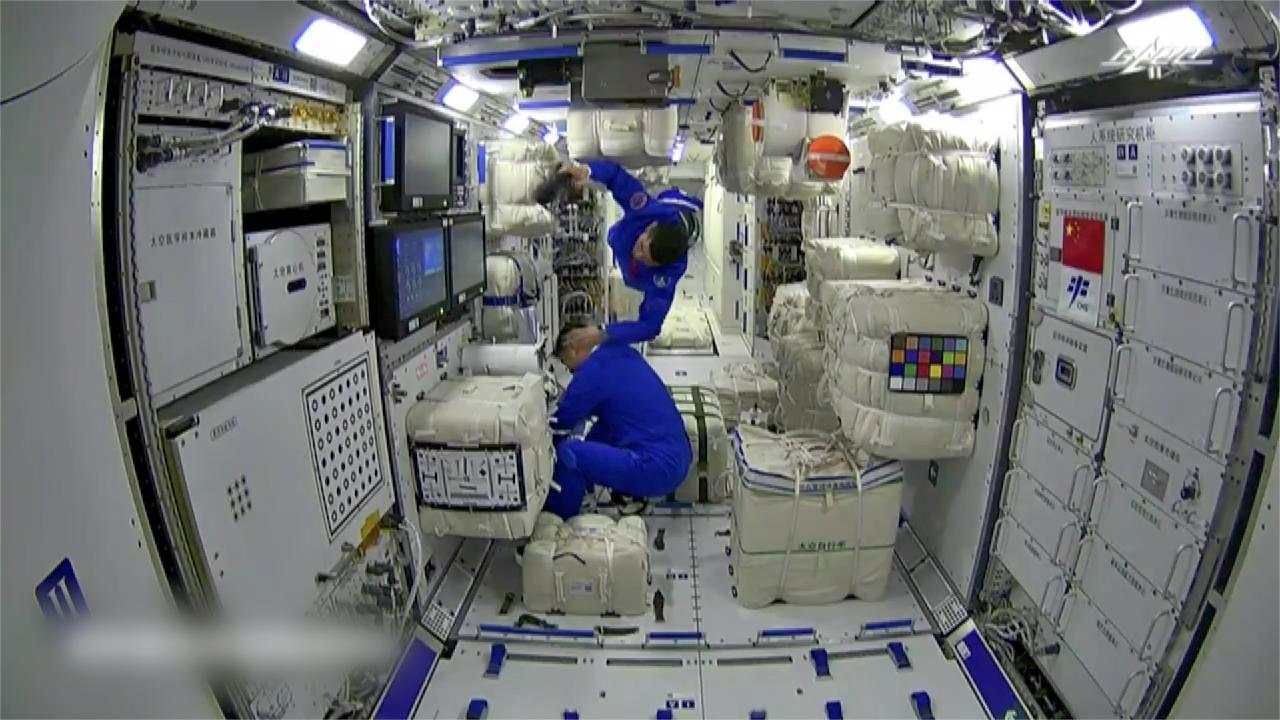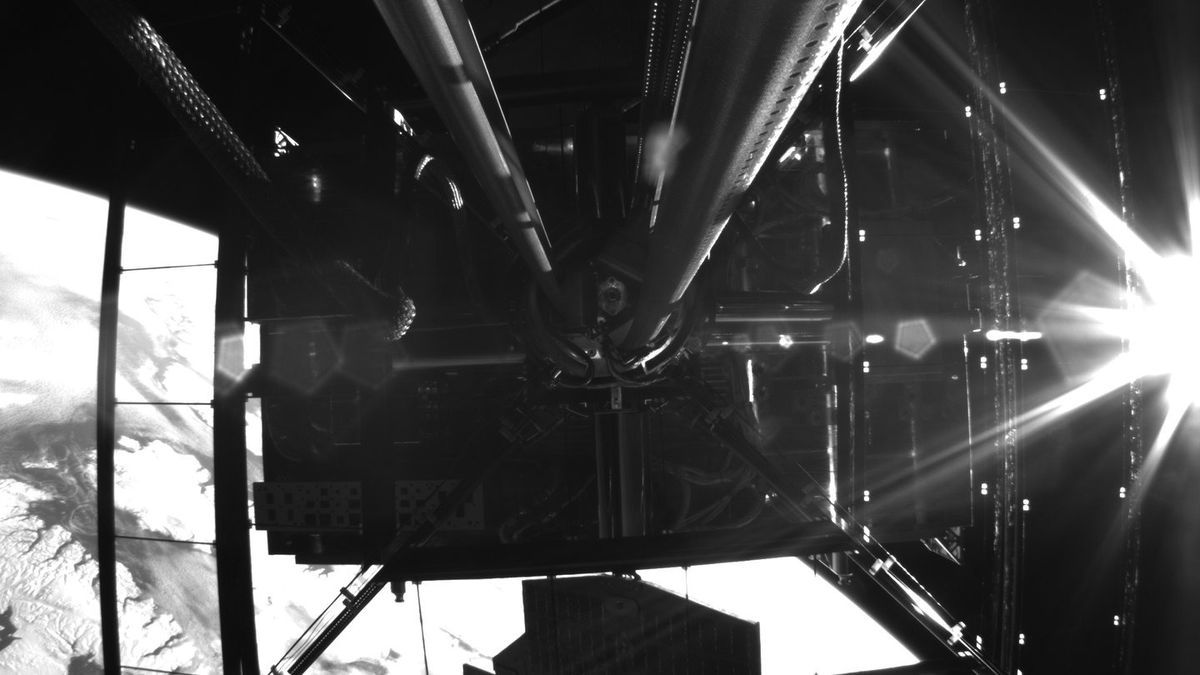NASA’s unique Mars simulation involved two men and two women living in isolation at the halfway point of their 378-day experiment. Originally designed to imitate Mars conditions, the crew lives in a 3D-printed habitat at NASA’s Johnson Space Center in Houston with Mars Dune Alpha. While experimenting, Dr. Nathan Jones joked about accidentally harming a robot, calling it a “traumatic death.”
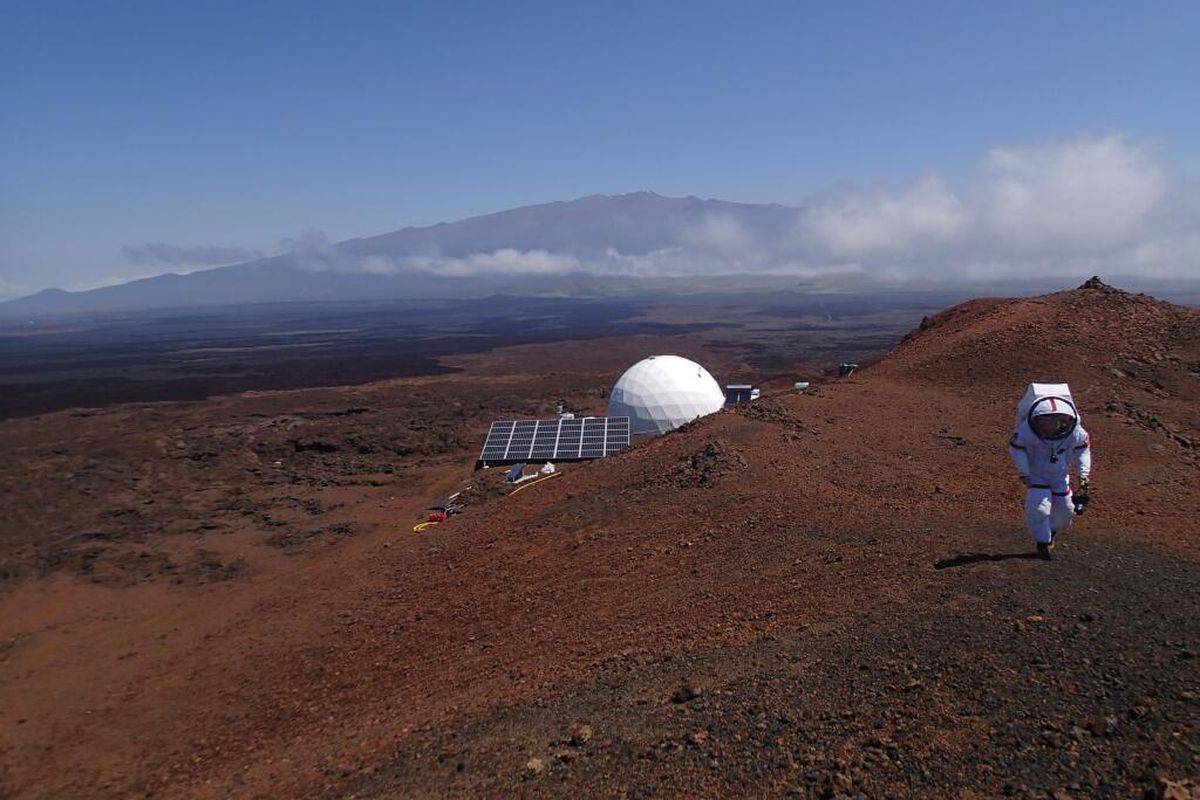
Simulating Mars: CHAPEA Research Reveals Challenges and Joys of Martian Living
The Crew Health and Performance Exploration Analog research (CHAPEA) isolates participants to simulate Mars-like difficulties. One-way communication with the outside world takes 20 minutes, just like astronauts would. Crew members can only email friends and family.
In the simulation, the crew explores Mars, maintains the home, grows crops, exercises, and operates robots. The study also intentionally induces stressful conditions like equipment malfunctions and food shortages. CHAPEA scientists want to publish articles on crew health and performance in Mars-like circumstances.
Spacesuits and virtual reality headsets are worn for the crew’s “Marswalks.” A treadmill, drone, and robot help the crew explore remotely in the habitat. Commander Kelly Haston enjoys virtual reality outside the habitat and loves living on Mars.
READ ALSO: Fascinating things about the moon you didn’t know
Life in Isolation: The Joys and Yearnings of the CHAPEA Crew After Six Months in a Simulated Martian Habitat
After six months of seclusion, crew members miss Earthly comforts despite their enthusiasm for the endeavor. They play board games, Texas Hold’em, and video games in their free time. The crew also has a book club and watches movies and TV series from a limited database.
At the halfway point of their 378-day study, the group misses potato chips, red wine, oceans, and greenery. Despite not having champagne to celebrate the new year, they enjoy unique cuisine and garden harvests. Although difficult, the group stays upbeat, producing a unique and fascinating experience in their recreated Martian habitat.
READ ALSO: This NASA crew has survived Mars for six months — sort of
